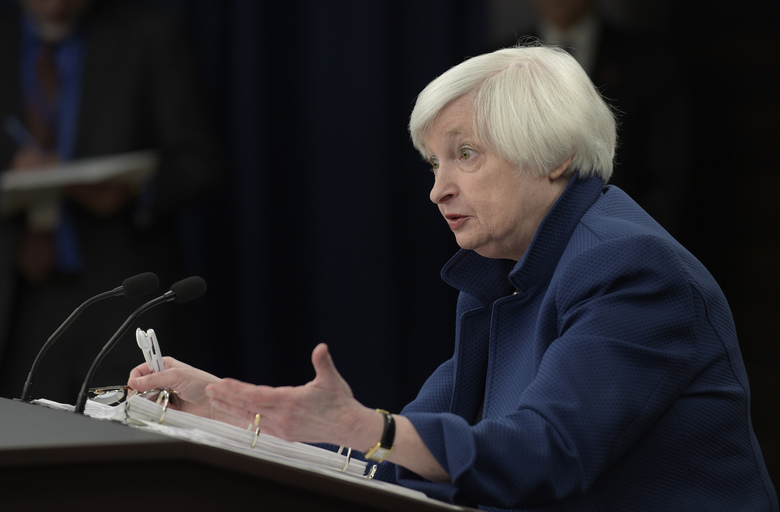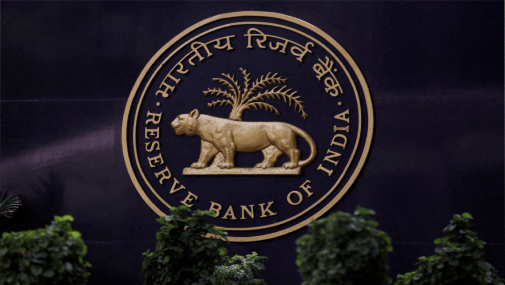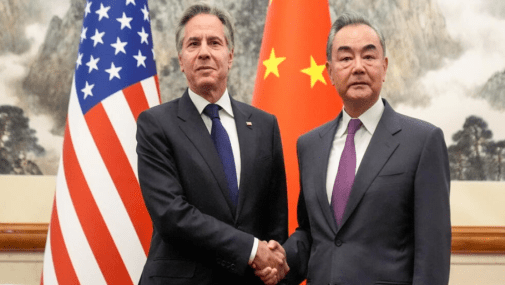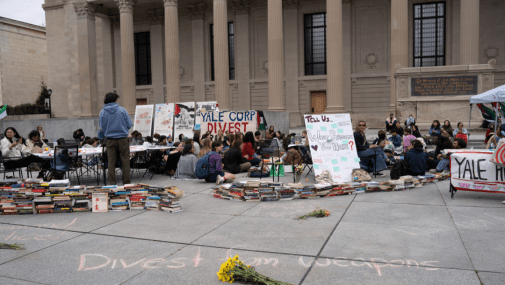US Fed hikes interest rates again
June 15, 2017 | Expert Insights

In a move that was widely expected, the Federal Reserve hiked the key interest rates by 0.25% for the second time this year thereby reflecting the central bank's confidence in the US economy. After a two-day meeting on 14th June, the Federal Reserve’s Open Market Committee raised its benchmark interest rate by 25 basis points from a range of 1% to 1.25%. That's the highest level since 2008, when policymakers cut rates to encourage borrowing and spending after the financial crisis.
The bank also said it would begin cutting its bond holdings and other securities this year. It cited continued US economic growth and job market strength as reasons for raising its benchmark interest rate.
In explaining the decision, the Fed said in a statement that "job gains have moderated but have been solid, on average, since the beginning of the year, and the unemployment rate has declined." It described economic activity that has "been rising moderately so far this year."
First Raise
The US Federal Reserve voted to raise interest rates for the first time in 2017 with the target range for the federal funds rate to 0.75 to 1 percent at its two-day Federal Open Market Committee (FOMC) March meeting.
Analysis
The rise was broadly anticipated due to the low unemployment rate, but other economic indicators, including inflation, have been weak. Data on Wednesday showed US consumer prices suddenly fell in May and retail sales logged their biggest drop in 16 months.
The Fed has said it will start by allowing $6 billion in Treasury securities and $4 billion in mortgage-backed securities to mature every month. Eventually its limit will climb to $30 billion in Treasury's a month and $20 billion in mortgage securities.
As rates continue to trend upwards, savers will start to earn a little more for keeping their money in the bank. Meanwhile, carrying a balance on credit cards and taking out loans will get more expensive. The rate on a 30-year mortgage, for instance, has floated higher but is still at a historical low at 3.9%.
One of the main things the Fed keeps an eye on is inflation, which has softened a bit and continues to lag behind their stated goal of 2%. That has the potential to hold the Fed back. "Boosting U.S. inflation may not be easy." Will the Fed will also hold monetary policy hostage to low inflation?
Should the Fed have done it? The case against is inflation.
Fed said, the price rises have slowed down recently. Inflation is below the target of 2%. Interest rates remain low by historic standards. The board expects to raise rates at least three times this year. The moves depend on the strength of the economy, which has been mixed. The Fed's policy makers says, about 3% is the new normal.
There's also the legacy of quantitative easing and the $4.2trn portfolio of financial assets. The prices for goods excluding food and energy increased by 1.7% from May 2016, slowing steadily from earlier in the year which fell short of the Federal Reserve's target of 2%.
Assessment
Our assessment is that, for the US consumers there will be only a marginal increase in the borrowing cost. The Fed is sending a signal to public, that the US economy is strong & it is operating at near or at its full capacity. When Fed rates are increased, there will be a corresponding increase in prime rates, the credit rate that banks extend to their most credit worthy customers. This should also boost savings among consumers and businesses as they can generate higher return on their savings.








Comments